Navigating The Complexities Of Sourcing And Contract Management
Content
- What is Sourcing?
- How does Contract Management fit into the Sourcing Process?
- How do you streamline Sourcing and Contract Management?
- Centralize Processes
- Automate Tasks
- Constant Monitoring
- Fast-track Negotiation & Execution
- Conclusion
Companies must navigate a rocky landscape to procure quality goods and services quickly at a decent price. When the competition is steep and the legal mines costlier than ever, business teams cannot afford to have flaws in their supply chain. As a result, most businesses are looking for modern solutions to improve performance, accelerate onboarding, and lower costs. A major part of sourcing is negotiating and managing competent supplier contracts. Numerous tools are available on the market today to help streamline the process. We’ll explore consistent practices and digital solutions for sourcing and contract management.
What is Sourcing?
Sourcing entails identifying, assessing, and onboarding suppliers to procure goods or services. Business teams continuously engage with these suppliers to ensure a steady flow of supplies at a price and quality that benefits their company. The daily operations, customer satisfaction, and financial success depend heavily on reliable and consistent partners.
That is why strategically planning, executing, and monitoring the sourcing process is a top priority. In today’s commercial world, companies practice all kinds of sourcing models to acquire products, including outsourcing, insourcing, global sourcing, near-sourcing, etc. The approach and strategies depend on their demand, organizational guidelines, and market conditions. Nonetheless, each sourcing process includes the following tasks:
Identifying Needs and Requirements
As the first step, businesses must assess their need for a particular good or service. Defining the scope and objective of their sourcing helps them arrive at a suitable quantity, quality, and timeline. They can narrow the selection process by only considering suppliers that meet their specific requirements. Sourcing experts can make data-driven decisions by examining past purchases and spending trends.
Supplier Research and Selection
Next, they conduct market research to pin down suitable suppliers. They can screen and evaluate these options to ensure they satisfy particular needs. Business teams can prioritize selection criteria vital to their company, such as reputation, reliability, capacity, quality, price, or financial stability. It ensures that customers always receive goods and services in compliance with organizational, legal, and industry standards.
RFPs and Evaluation
Businesses issue Requests for Proposals (RFPs) to potential suppliers outlining their needs, scope, timeline, and budget. Contractors and vendors can submit proposals outlining how they plan to satisfy the sourcing specifications. Any buyer, government agency, non-profit, or corporation evaluates and compares RFPs to make the final selection. It facilitates more rapid and well-informed decision-making.
Supplier Negotiations
Sourcing and procurement professionals enter detailed negotiations with potential suppliers to finalize favorable terms for both parties. They discuss factors relevant to lasting and successful partnerships, such as payment, delivery timeline, and quality standards. Clear objectives and communications can lead to better outcomes and prevent drawn-out negotiations.
Onboarding and Management
Parties sign a legally binding contract outlining rights, obligations, and risk division to establish the supplier relationship. After execution, it all comes down to acting to fulfill their end of the agreement. Continuously monitoring performance and finances helps prevent breaches, disputes, and litigations. They can conduct regular reviews, audits, and feedback loops to ensure everyone stays on track.
How does Contract Management fit into the Sourcing Process?
Businesses require contracts to communicate and enforce sourcing requirements. It guarantees that everyone understands their rights, obligations, and objectives. A well-documented supplier relationship reduces the likelihood of disagreements and miscommunication. The transparency and clarity of supplier agreements enable companies to foster trust and dependability. Moreover, depending on external parties for goods and services can make buyers vulnerable to operational, financial, reputational, and legal consequences.
Contractual Risks
Businesses' inability to manage supplier agreements efficiently can expose them to operational, financial, reputational, and legal risks. Unclear and incompetent terms can create confusion and fail to address liabilities, remedies, and penalties. Failing to track obligations and deadlines throughout the contractual relationship can disrupt the supply chain and the continuous flow of deliverables. Contracts lacking measurable metrics and monitoring systems lead to suppliers failing to meet them.
Onboarding Process
Parties must sign the legal agreement to onboard suppliers. It guarantees a steady supply of products and services. However, inefficient and time-consuming drafting, negotiating, and execution can cause delays in the induction process. Contract management can make or break supplier relationships when time is of the essence. Moreover, convoluted steps can make it harder to retain vendors and contractors.
Changes and Compliance
Contracts must be dynamic for supply chain resilience and agility. A company’s sourcing requirements evolve constantly, and supplier relationships must adapt accordingly. Contract management requires a proactive approach to overseeing unforeseen changes, negotiating amendments, and preserving document history. Otherwise, buyers risk losing money due to unfavorable supplier terms. Consistent monitoring can guarantee that suppliers uphold internal policies, industrial regulations, and legal guidelines.
Performance Management
Contractual agreements allow business teams to communicate their performance standards to suppliers. They can establish measurable quality, delivery time, compliance, cost, and responsiveness metrics. Thus, vendors and contractors have legal obligations to uphold performance standards to avoid contractual violations. Companies can add penalties and rewards to incentivize specific behavior. Contract management enables buyers to monitor supplier performance closely and respond promptly.
How do you streamline Sourcing and Contract Management?
Traditionally, managing supplier contracts was a manual and time-consuming process. Paper agreements, wet signatures, and email chains work against the competitiveness of today’s commercial world. Sourcing professionals require quick and accurate results to close deals with local and global vendors. These outdated methods negate legal, finance, and procurement teams’ efforts to collaborate and share information. Here’s how businesses can overcome these challenges and streamline sourcing and contract management:
Centralize Processes
Sourcing and contract management across multiple platforms creates information silos and disconnected processes. Centralizing all these tasks and data in a single place can optimize the entire business operation. Opting for sourcing tools that cohesively work with contract management platforms can go a long way in straightening out the issues.
Solution: Dock 365, contract management software, seamlessly connects with vendor management and ERP systems. It enables companies to keep supplier information and records in a centralized repository. The unified workplace makes overseeing supplier relationships easier for business and legal teams. They can import party data from VMS platforms to create contracts promptly.

Automate Tasks
Accelerating supplier intake is key to running business operations smoothly. The sourcing process involves numerous steps, from drafting terms to information gathering to vendor screening. Automating low-value and repetitive tasks reduces the administrative load on sourcing and legal professionals while speeding up the entire lifecycle. They can scale procurement without parties and contracts slipping between the cracks.
Solution: Dock 365 offers automated workflows to route contracts through reviews, approvals, and execution. They can assign appropriate reviewers, approvers, and deadlines to instill accountability and promptness in the process. Once a workflow is in place, ongoing human intervention is no longer necessary. Relevant stakeholders will receive notifications to assess progress throughout the contract lifecycle.

Constant Monitoring
Supplier relationships require ongoing tracking to establish performance, compliance, and finances. Identifying and evaluating obligations, KPIs, deadlines, and risk factors requires transparency and visibility into the contracting process. Centralized storage, proper documentation, and automated tracking can improve post-award contract management. Vendor performance and compliance history can prove helpful while retaining and renegotiating.
Solution: Built on Microsoft 365 and SharePoint, Dock 365 makes it easier for parties to store, organize, and retrieve information. Users can create custom reports for scorecards, milestones, deadlines, contract status, invoices, and KPIs. They can assign automated reminders for relevant obligations and track them throughout the relationship. The customizable dashboard provides a detailed overview of the contracting process, including active, pending, and overdue contracts. Vendor scorecards allow buyers to assess them on critical sourcing criteria.

Fast-track Negotiation & Execution
Negotiations and execution across email chains can be tedious when there are many stakeholders. Lack of cohesive processes may lead to multiple document versions and inaccurate data. This can undermine contract enforceability, resulting in violations, disputes, and lawsuits. Businesses of all sizes can reduce turnaround times by streamlining these procedures. Lawyers, procurement teams, and suppliers must be able to collaborate and communicate in real time.
Solution: Dock 365’s digital redlining solution allows multiple users to negotiate, edit, and comment on contracts in real time. The platform maintains a comprehensive history of changes, additions, reviewers, and editors. Thus, everyone involved has access to the same document. The CMS platform integrates with e-signature solutions, such as DocuSign, Adobe Sign, and Sertifi, to facilitate secure online signing. Automated workflows and audit trails instill integrity in the process.

Conclusion
Sourcing and contract management are key to successful business operations. Procurement and legal must collaborate to derive maximum value from their vendors and contractors. This involves creating, negotiating, and managing competent supplier contracts.
Dock 365, with ERP and VMS integrations, is a one-stop solution to manage suppliers. It centralizes vendor-related tasks and allows for two-way data flow. Businesses can utilize the vendor scorecards and portal to engage and evaluate vendors throughout the partnership. Moreover, the CMS comes with AI-powered tools to extract, summarize, and compare third-party contracts.
Book a Live demo
Schedule a live demo of Dock 365's Contract Management Software instantly.
.png?width=196&height=196&name=MicrosoftTeams-image%20(24).png)
Written by Deepti Gopimohan




